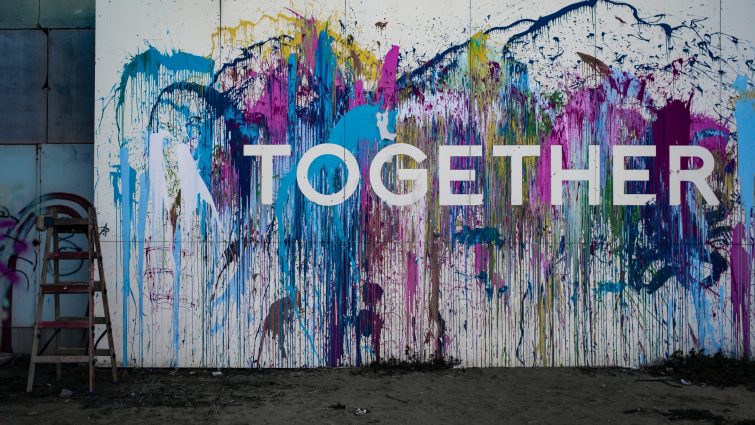Download our practice brief for a printable version of this information.
While the concept of safe space is fluid and ever-changing, its presence plays an important role in creating and sustaining vibrant and healthy communities, where a range of (visible and invisible) human qualities are acknowledged, respected and given the opportunity to thrive.
Creating safer spaces is important and beneficial for a number of reasons:
- It ensures a diversity of perspectives and voices are heard
- It grants program and service access to a range of individuals and communities
- It fosters the development of healthier, happier, more productive, and more sustainable communities
- It provides individuals with a sense of both physical and psychological safety
- It allows individuals to feel self-expressed and respected by their families, peers, employers, and communities
It is important to ask: WHO are you creating safer spaces for, and HOW is that space being created?
What is a safe space?
A safe space is a place that makes everyone – regardless of diverse characteristics – feel welcome, comfortable and safe. It is a place where one feels able to express oneself and one’s identity without fear of judgement or discrimination. A safe space provides a network of support and understanding; it ensures that each person’s self respect and dignity are protected. Spaces can take multiple forms:
Physical – A community centre, a school, a neighbourhood
Relational – A support group, a team meeting, a community event
Virtual – A blog, a chatroom, a social media platform
Is a safe space the same as a positive space?
Positive spaces are spaces that are open to individuals of all sexual and gender identities. They’re places where LGBTTIQQ2S (Lesbian, Gay, Bisexual, Transgendered, Transitioning, Intersex, Queer, Questioning, Two-Spirited) individuals can access services “with dignity and respect and where service providers can work free from discrimination” (Hamilton Health Sciences; OCASI Positive Spaces Initiative).
The term ‘safe space’ is often used interchangeably with ‘positive space’.
Six tips for creating safer spaces
- Serve everyone
Remember that everyone who accesses services deserves to be treated with dignity and respect. - Engage in active listening
Listen with all the senses, maintain open communication, ensure client/employee confidentiality, be aware of body language and microaggressions. - Cultivate a welcoming environment
Ensure that physical space, events, policies, and programs are organized so that everyone feels welcome, comfortable, and included. - Address community needs
Incorporate recognition for Indigenous land; offer childcare services when needed; provide diverse food options. - Acknowledge the importance of design
Create space that connects with the community that is accessing it (e.g., circular spaces for Indigenous communities; bright/bold colours for children and youth). - Think about accessibility
Make sure spaces are easily accessed by those who wish to use them (e.g., employees, clients, others); ensure adherence to AODA standards.
The goal is to create the most inclusive space for everyone – clients, employees, partners, community members, and other stakeholders – with the recognition that the process is evolving and iterative. Inclusion and diversity work is ongoing! Be sure to check out our services if you need assistance creating a plan for your organization.
